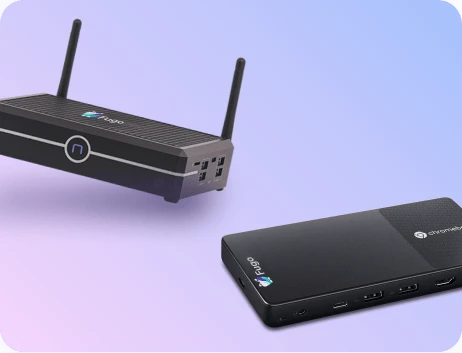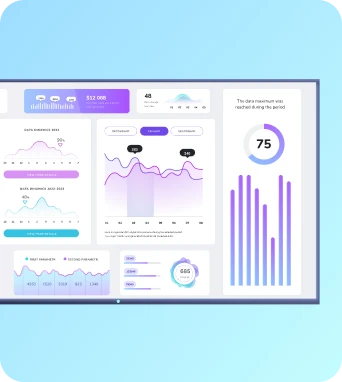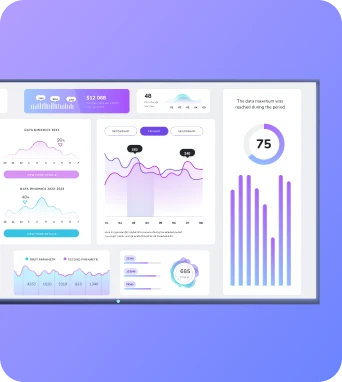Sensor-based displays
Sensor-based displays are interactive digital signage systems that utilize sensors to detect and respond to environmental stimuli, enhancing user engagement and experience.
What is Sensor-based displays?
Technological Components of Sensor-based Displays
Implementation and Applications of Sensor-based Displays
Conclusion on Sensor-based Displays
Keep the learning going...
Self-learning content delivery algorithms
Self-learning content delivery algorithms are advanced computational systems that autonomously optimize and personalize content distribution in digital signage networks by analyzing viewer interactions and environmental data.
Self-service kiosks
Self-service kiosks are interactive digital terminals that allow users to perform tasks independently, such as purchasing tickets or checking in at airports, enhancing customer experience and operational efficiency.
Sensor-driven advertising
Sensor-driven advertising refers to the use of sensor technology to deliver targeted and dynamic advertising content through digital signage, based on real-time data and environmental inputs.



